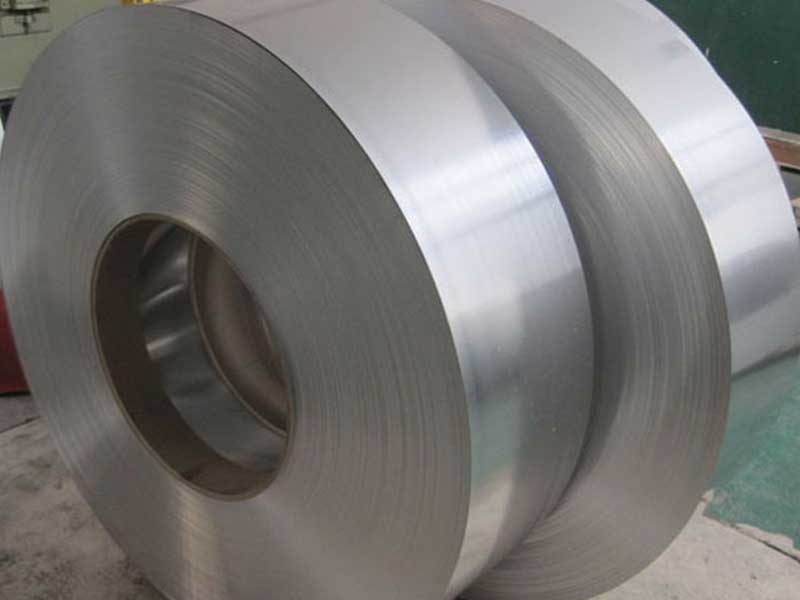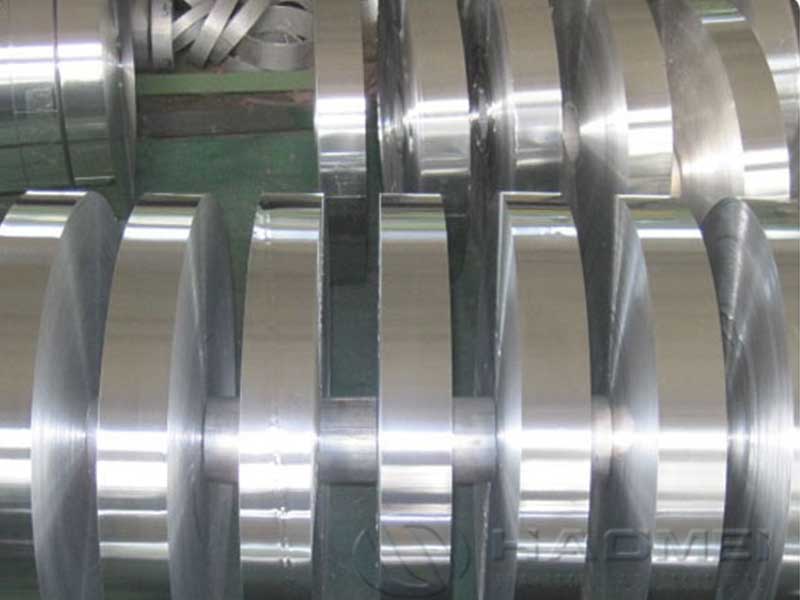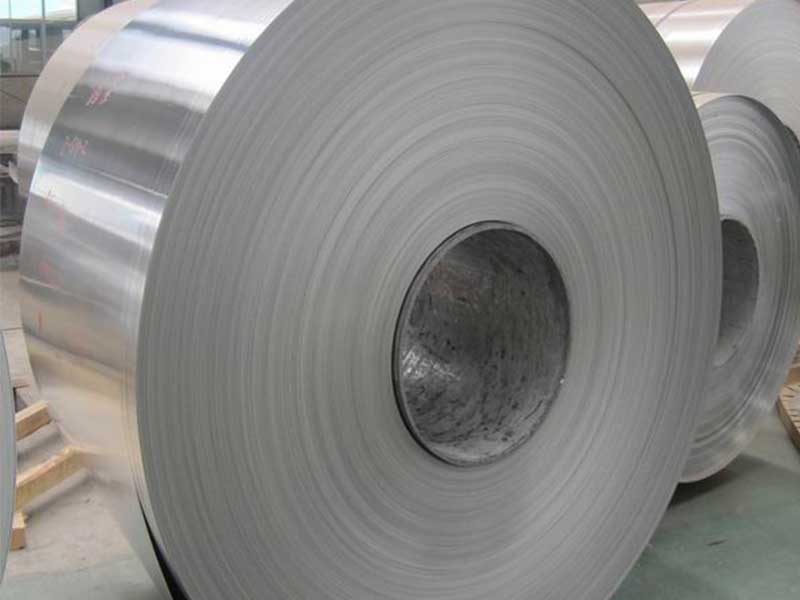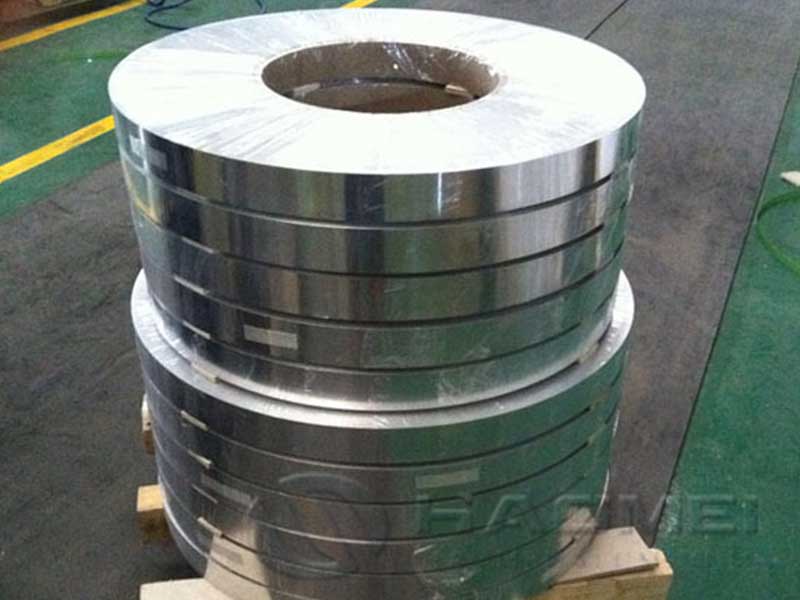Thin aluminum strips
When you think of aluminum, what comes to mind? Maybe the glimmer of a soda can catching the sun or the sleek chassis of an airplane soaring through the sky.
What Are Thin Aluminum Strips?
Picture this: a thin, flat piece of metal that can be as lightweight as a feather, yet strong enough to hold together hefty fixtures and connect components without breaking a sweat. Thin aluminum strips generally range in thickness from mere fractions of a millimeter to a few millimeters, making them extremely adaptable to a world of applications.
What’s fascinating is the inherent attributes that aluminum possesses. It's naturally corrosion-resistant, which means it doesn’t give in easily to rust. So, these strips aren’t just tiny pieces of metal; they carry essential features that make them ideal for countless uses. Their malleability allows for easy bending and shaping, while their excellent electrical conductivity means they can be crucial in applications that involve electrical connections.
Functionality Meets Versatility
At this point, you might be thinking, “Okay, but what do they actually do?” Allow me to paint a picture of their various functions. Imagine every household appliance — the fridge, electric kettle, laptop. Thin aluminum strips form critical components. They might shape the spine of that laptop or serve as components in ovens, browning the food while resisting high temperatures without warping or degrading.
In construction and automotive industries, these strips have morphed into structural reinforcements, whose lightweight nature allows for more efficient design without sacrificing strength and durability. So next time you’re admiring that state-of-the-art car or building, consider that those stellar performance and energy efficiency claims owe a nod to some thin and unassuming aluminum strips inside.
Specific Applications You Didn't Know About
Let’s dive into some specific applications where thin aluminum strips steal the spotlight.
Architectural Design: Architects love how lightweight yet robust aluminum strips are. They integrate them into facades for an design accent while ensuring structural integrity. You might have seen eye-catching modern buildings with elegant aluminum detailing—trust me, those strips are the silent partners in urban design.
Electronics and Solar Panels: These strips help bind various electronic components while facilitating efficient thermal management. For solar panels, reflectors made from thin aluminum allow for maximum sunlight capture. Talk about an eco-friendly match!
Ductwork in HVAC Systems: Flexible, thin aluminum strips also feature in heating, ventilation, and air conditioning systems, specifically grilling ductwork. Lightweight, pliable yet durable—perfect for the HVAC engineer trying to enhance system efficiency while controlling weight.
Packaging: Aluminum packaging that you see on snack foods and medicines isn’t as flimsy as it looks; thinner aluminum strips deliver practicality while maintaining a protective barrier to extend shelf life — functionality and aesthetics wrapped into one.
Art and Crafts: Not to razz the designers or crafters amongst us, but thin aluminum strips are an exciting medium in the art world. Many artists dabble with them for sculptures due to their easy workability and finish, giving rise to some mind-boggling creations that stylishly flirt between art and industrial manufacturing.





